Balancing making a difference with making a living in the conservation sector
We asked 2694 conservationists working globally how satisfied they were with progress toward goals important to them and examined how this varied among different groups.
We asked 2694 conservationists working globally how satisfied they were with progress toward goals important to them and examined how this varied among different groups.
We examine the relationship between potentially harmful World Bank-funded project activities and areas of conservation importance. We find that 5 by 5 km cells containing a project activity are more likely to contain a Key Biodiversity Area, or a biodiversity hotspot, and have on average greater richness of globally threatened species, than those without.
We investigated how network processes such as information flows and social influence influenced behavior change in the context of a social marketing campaign to promote a wildlife poisoning hotline in Cambodia.
Using the theory of planned behaviour, informant interviews and focus group discussions, we investigated drivers of wildlife poisoning across ten communities in northern Cambodia.




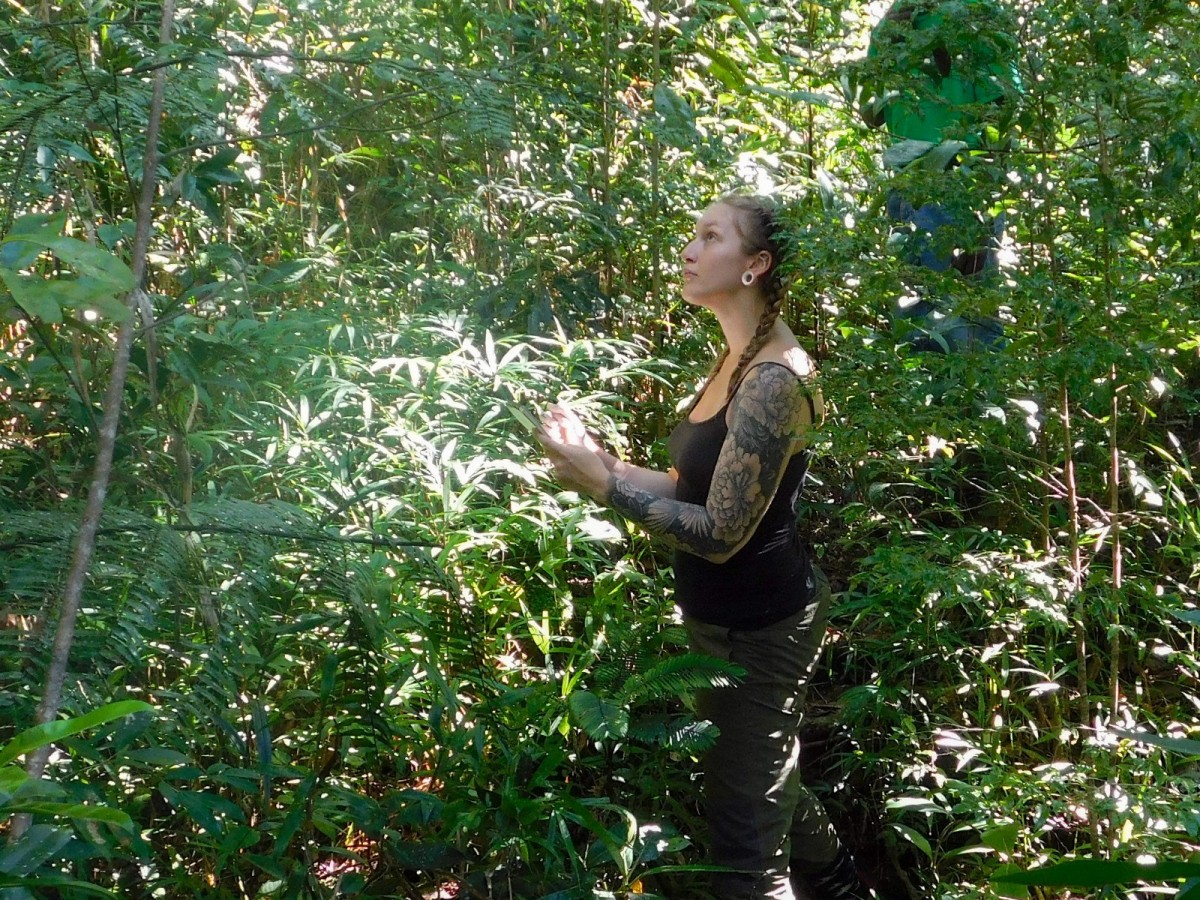
Ellesse's PhD explores how public opinions of conservation actions are formed and influenced, and how opinion data has been gathered and used within governments and NGOs
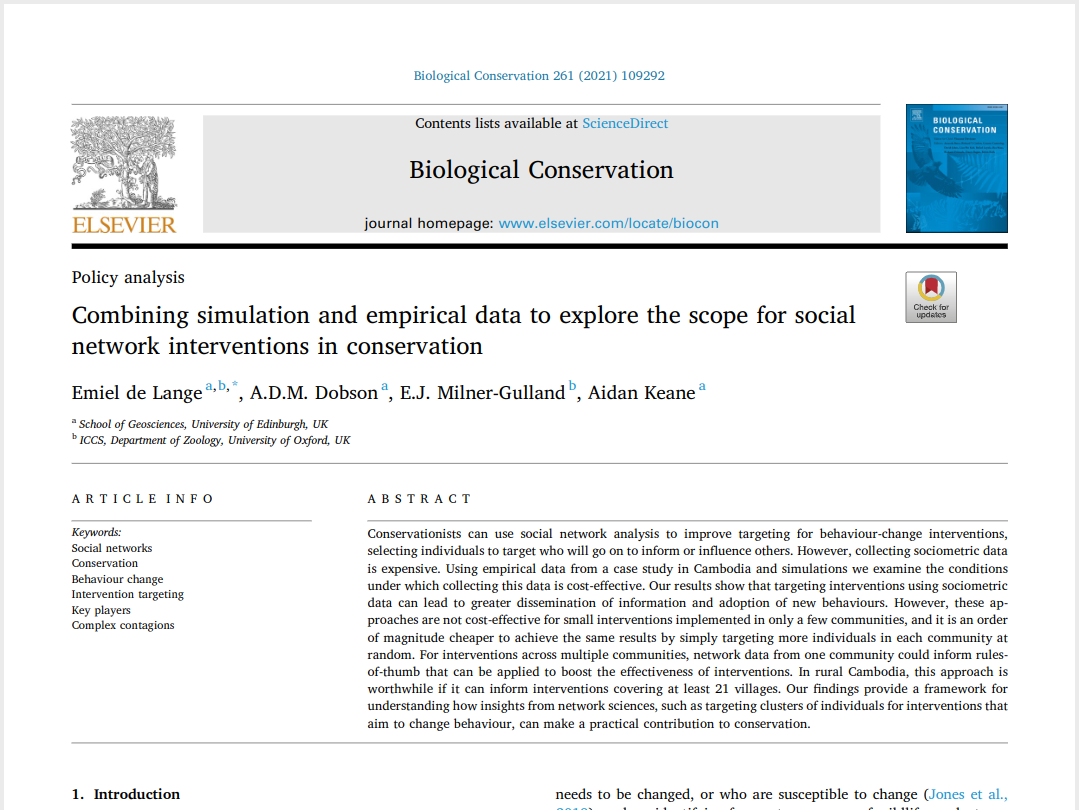
Using empirical data from a case study in Cambodia and simulations we examine the conditions under which using sociometric data can lead to greater dissemination of information and adoption of new conservation behaviours.
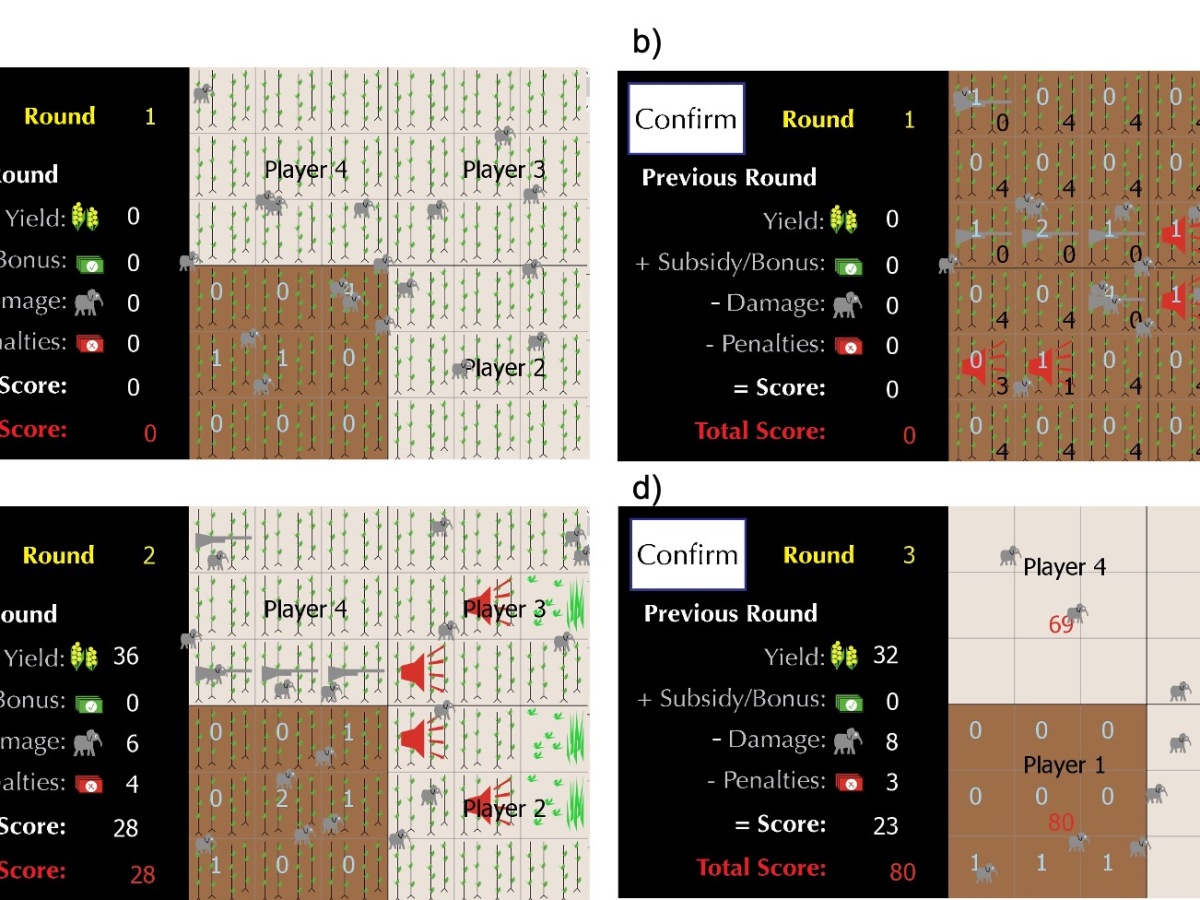
Using a novel interactive game around farmer land management decisions, we examine responses to three elephant conflict mitigation options
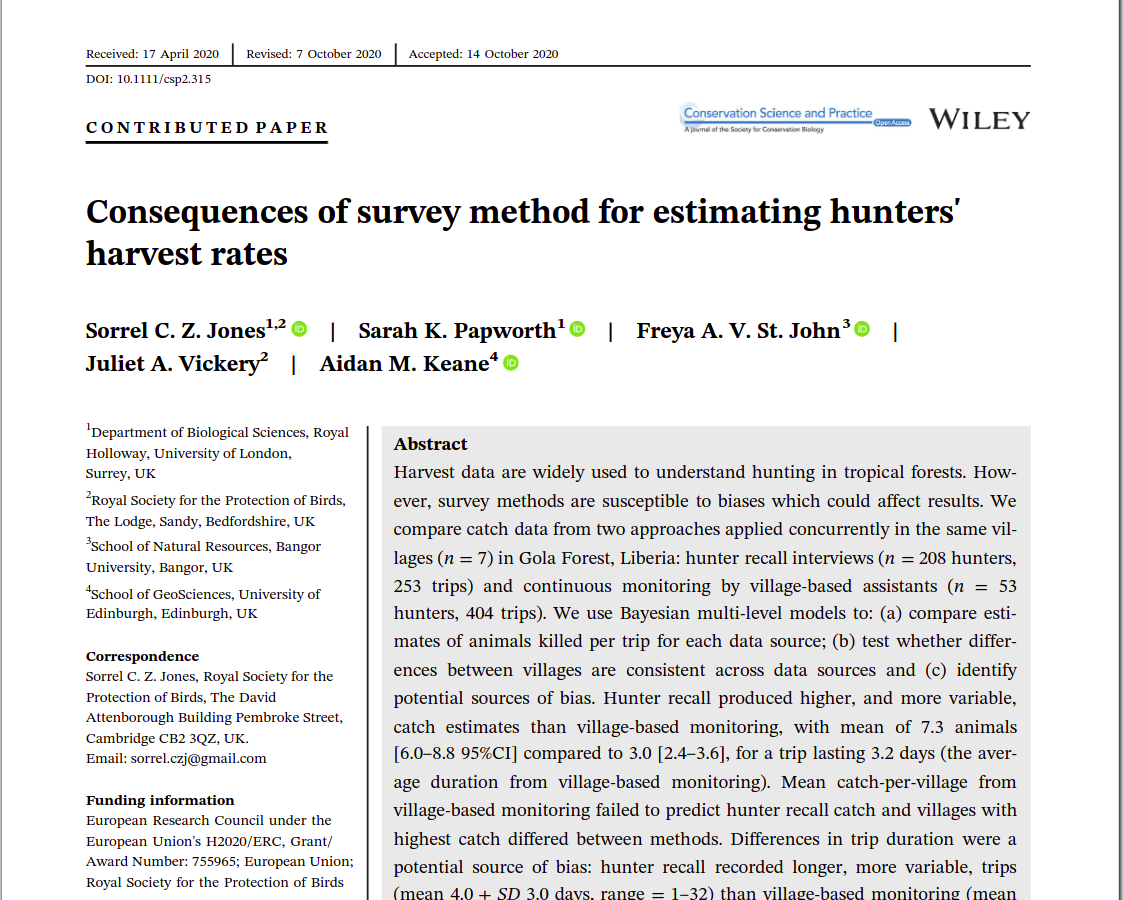
We compare hunter recall interviews with continuous village monitoring, finding that methodological biases can have large effects on estimates of hunter catch.

This project will examine current public opinion about conservation actions and investigate where, how and why public opinion is sought and used by different conservation organisations.

We assessed hunter behaviour, knowledge of rules, and perceptions of patrols amongst 705 households living within Keo Seima Wildlife Sanctuary, Cambodia
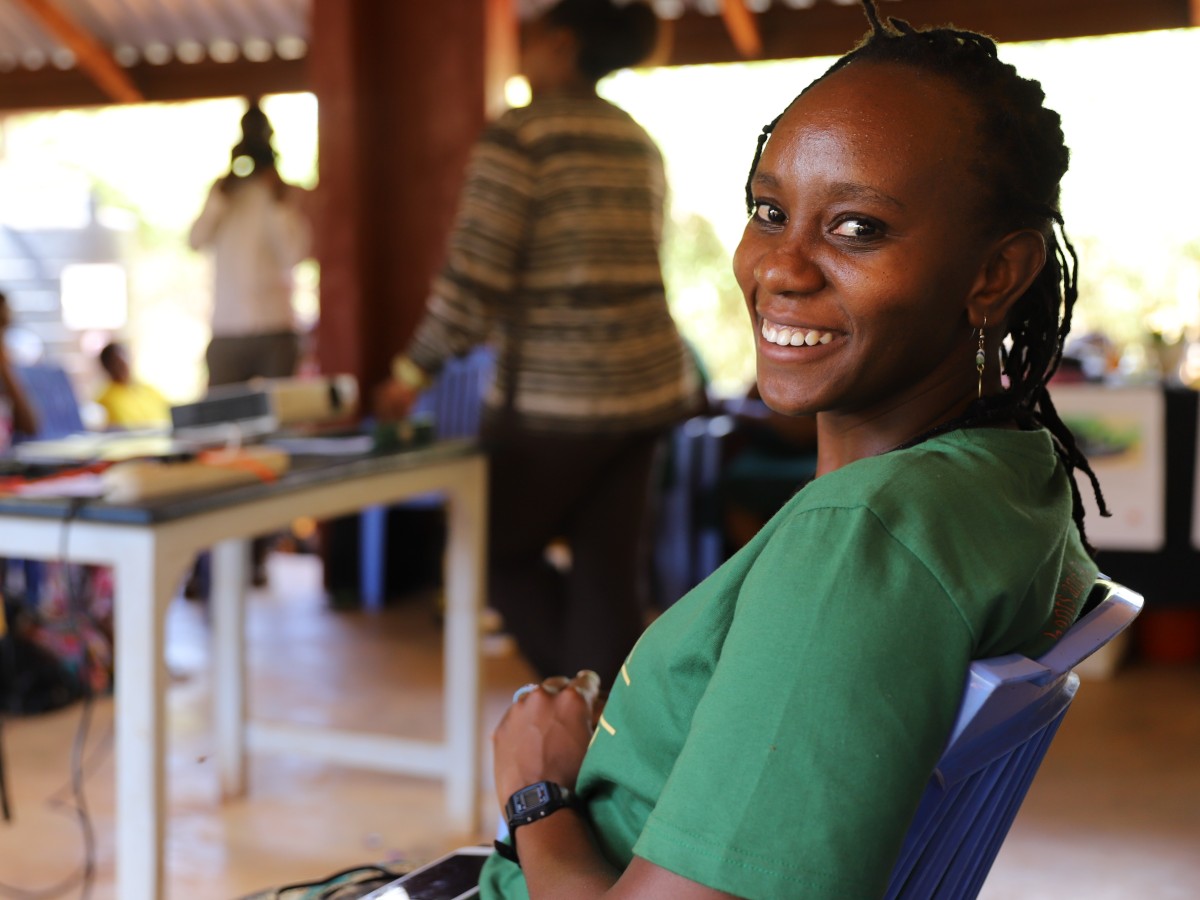
Maureen's PhD investigates how rapid infrastructural development, economic development and ecological changes - particularly drought and elephant crop-raiding behaviour - influence people’s behaviour.

Will's research explores how local people can contribute to protected area law enforcement.
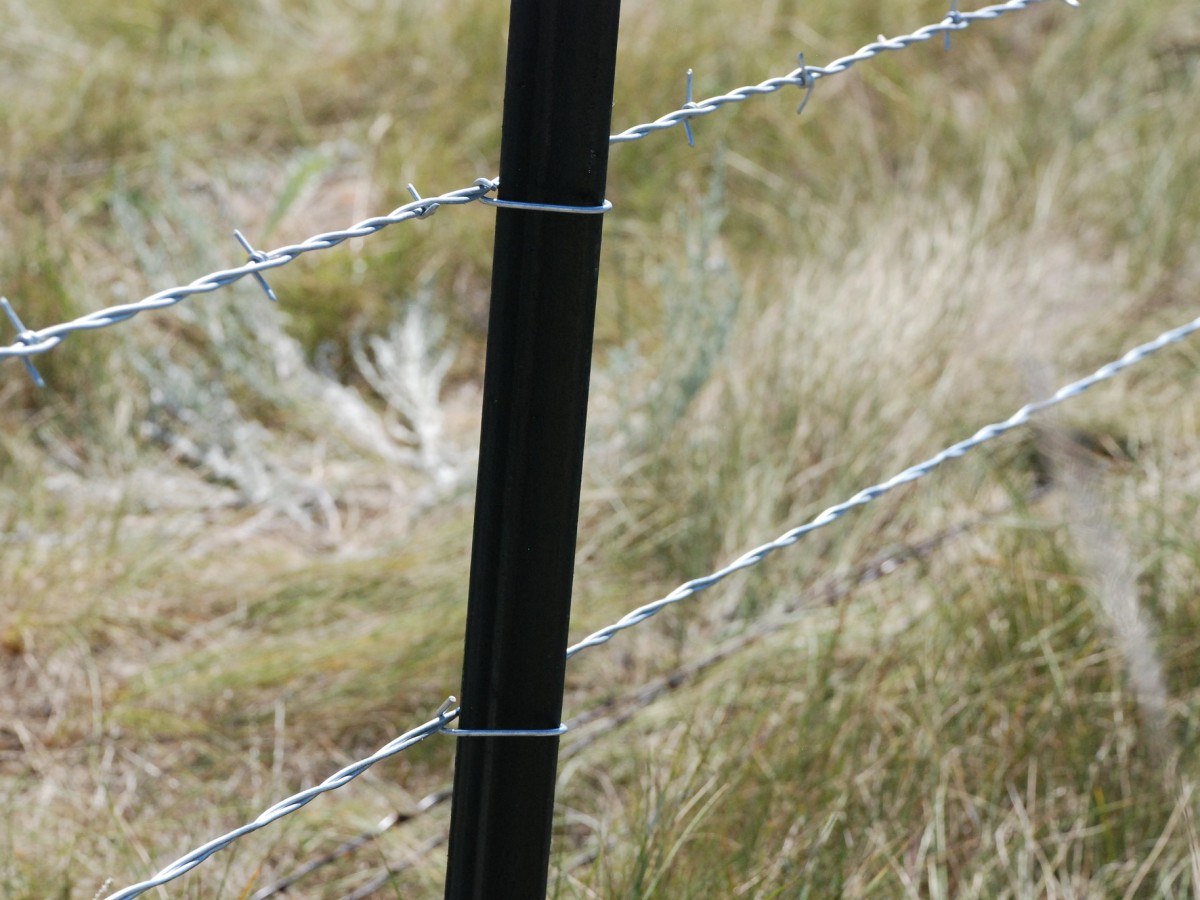
Using camera trap data from three properties across the American Prairie Reserve, Montana, we investigated the effects of fencing on four ungulate species. Averaged across species and demographics, a wildlife‐friendly fencing design increased the probability that ungulates successfully crossed a fence and reduced the time taken to cross, but had limited effects on species' crossing behaviour.
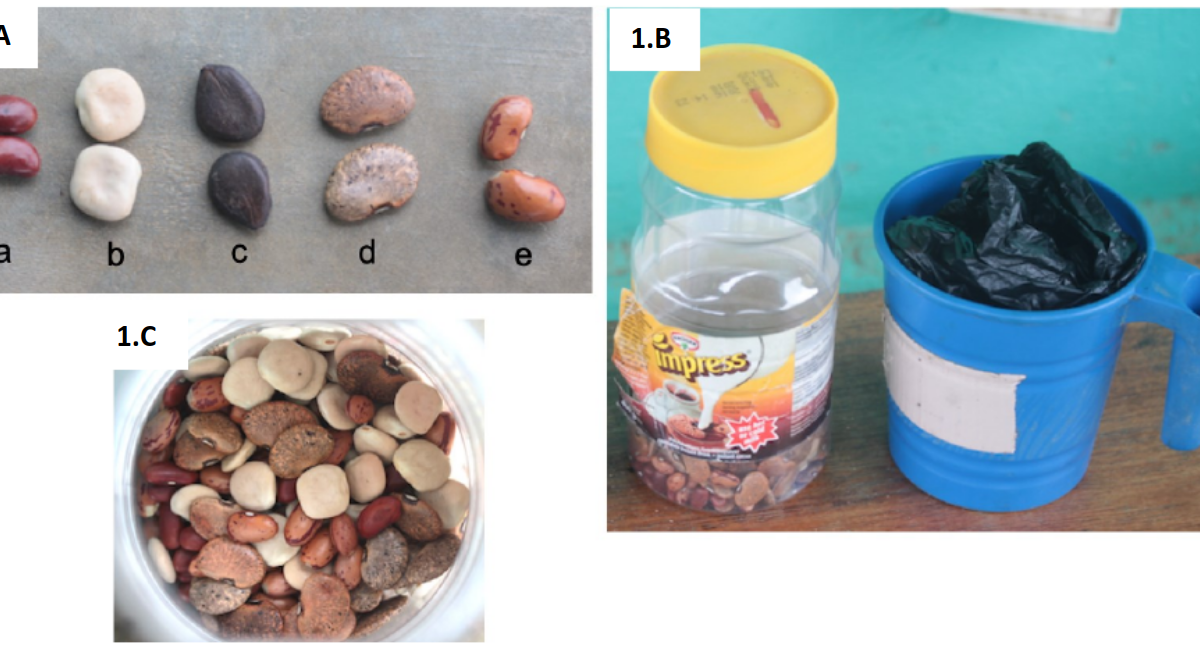
Based on a simple voting system, the bean method is a practical, low‐cost way to obtain anonymous answers about sensitive topics.